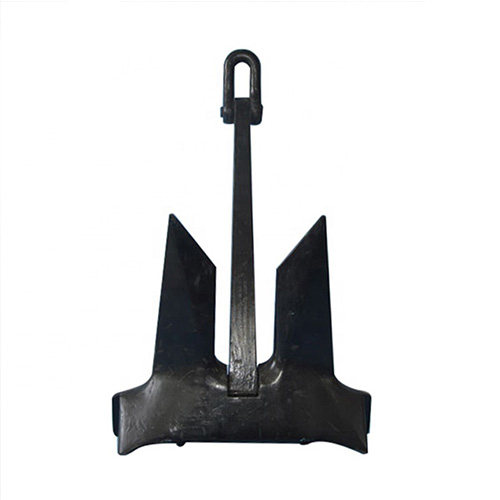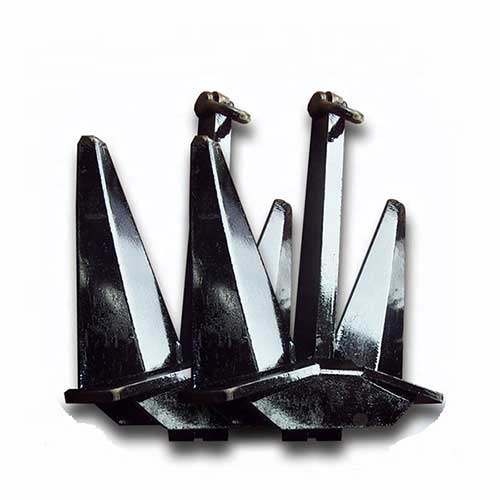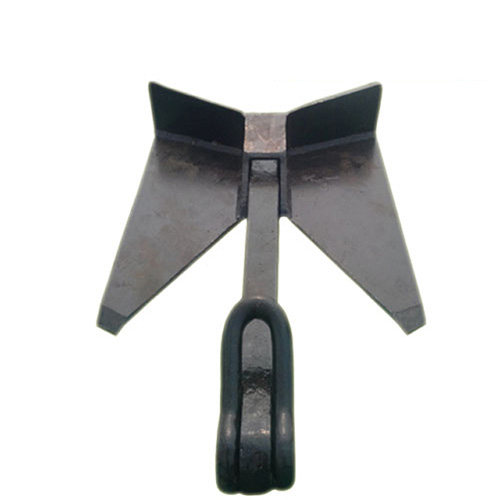How to Customize High Holding Power Anchors for Specific Vessel Types
For marine industries, anchoring systems are crucial to the safety of vessels and their performance. There are a variety types of marine anchors, High Holding Power anchors are favored due to their capacity to provide superior holding capacity while weighing less. But no single HHP anchor type can satisfy the requirements of all vessels in the same way. The ability to customize High Holding Power anchors to fit particular vessel types is crucial to ensure efficiency in operation and safety and the compliance with international maritime standards.
Table of Contents
Understanding the Role of High Holding Power Anchors
High-Holding Power anchors are engineered to offer a higher holding force than conventional anchors with similar weight. Their sophisticated geometry, materials and fluke-to-shank construction allow them to penetrate deeper into different seabed conditions such as clay, sand or mud. This is why they are particularly efficient in reducing anchor drag and ensuring stability for vessels under harsh environmental conditions.
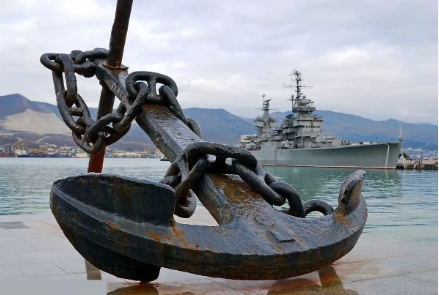
Key Factors to Consider for Customizing High Holding Power Anchors
| Factor | Description | Customization Focus |
| Vessel Type and Size | The term refers to the class size, displacement, and length that the boat has. | Anchor weight and strength of the shank fluke size, anchor weight, and overall geometry that will fit with vessel’s load and hull shape. |
| Seabed Conditions | Type of seabed that is in operation zones: clay, sand, mud gravel, rock, or sand. | The shape and angle of the fluke as well as depth of penetration and surface area specifically designed for holding on to the seabed. |
| Operational Environment | Weather conditions, currents, depth and the frequency of anchoring. | Anchor materials that resist corrosion and optimization of the force of hold and easy deployment in extreme environments. |
| Deployment and Retrieval Systems | Compatible with windlasses, winches or hawse pipes. | Custom anchor sizes, shank shape, and balance to allow seamless integration with deck hardware. |
| Weight Constraints | The importance of reducing weight, particularly for smaller vessels and high-speed vessels. | The use of high-strength and lightweight alloys like stainless steel and aluminum. |
| Regulatory Compliance | The maritime authority has requirements (e.g., IMO, classification societies). | Anchors must meet or exceed the minimum holding power as well as the requirements for documentation. |
| Durability and Lifespan | The resistance to wear, fatigue and environmental degradation as time passes. | Improved coatings, protection from cathodic rays and the use of marine grade materials. |
| Anchor Handling Crew & Equipment | Mechanical and human factors influence setting up, retrieving, or keeping the anchor. | Ergonomic design to facilitate human-handling, or for automation-friendly designs for mechanical or hydraulic systems. |
| Noise and Stealth Requirements | Particularly relevant for research or military vessels which require low audio signatures. | Sound-dampening materials are used as well as smooth contours and quiet-release mechanisms. |
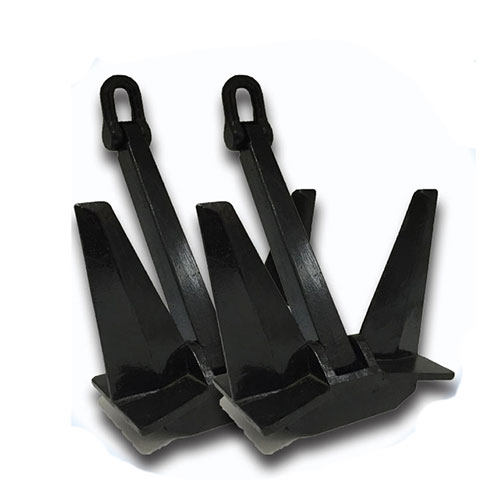
How High Holding Power Anchors Should be Customized for Specific Vessel Types
The performance of High Holding Power anchors is heavily influenced by the kind of vessel using them. Each vessel type is operating under distinct load profiles as well as mission-specific requirements and the environmental conditions.
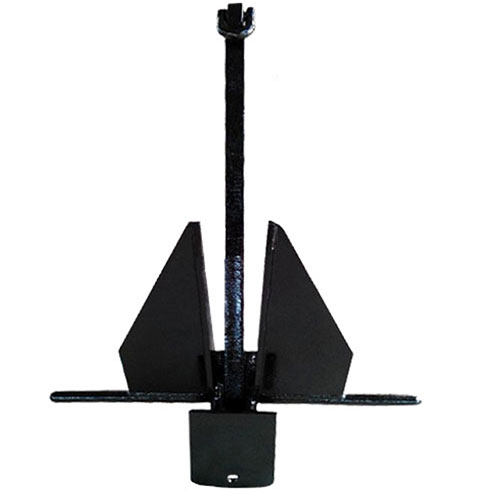
1. Cargo Ships and Oil Tankers
These massive commercial vessels require sturdy anchoring systems due to their enormous displacement and the massive loads they experience when anchoring. The HHP anchors that are used on these vessels are generally designed with longer flukes as well as reinforced shanks to ensure a deep access to seabeds, such as clay, or sand that has been compacted. The choice of materials is based on heavy-duty and corrosion-resistant alloys for long-term submersion and mechanical stress. Fluke geometry and weight distribution are optimized to avoid drag on anchors, particularly when the ports are crowded or high-current.
2. Offshore Supply and Drilling Vessels
Offshore vessels typically operate in deep waters and rely in precise systems for station keeping. Their anchoring systems have to accommodate the shifting or soft seabeds like silt and clay, which is where traditional anchors can be a challenge. Custom HHP anchors made for ships with wide flat flukes that provide greater contact with the surface. They can also be equipped with sensors to monitor tension to improve operation control. The anchors should also work with dynamic positioning devices as well as sophisticated mooring systems.
3. Naval and Research Vessels
They have special needs for stealth, precision and dependability. Naval vessels be operating in a variety of seabeds and require anchors that work well and quietly. For research vessels, in which exact location-fixing is vital to collect data or sample for sampling purposes, the HHP anchor design could include improved hydrodynamics to minimize movement. Custom coatings to dampen acoustic sound as well as non-reflective coatings, are commonly used for military use.
4. Passenger Ferries and Cruise Ships
They are often operating in nearshore areas which requires anchors to allow for quick and secure installation and removal. The focus of customization here is usually efficiency, weight reduction and integration with automatic anchoring system. High Holding Power anchors for ferries as well as cruise ships also have to be small enough for stowage and yet strong enough to anchor the vessel securely during quick dockings or in the event of an emergency.
5. Fishing Vessels and Small Commercial Boats
For smaller vessels portability and ease of use and the ability to adjust to a variety of seabeds are crucial. High Holding Power anchors are designed to be lightweight, but extremely efficient, and are typically made of heavy-duty, high-strength metals. The modular or foldable design is often used to ease handling and storage in small space onboard. The aim is to maximize the power of holding without adding excess weight.
6. Luxury Yachts and Recreational Boats
Owners of luxury yachts are looking for aesthetics and functionality. High Holding Power anchors that are suitable for these vessels are specifically designed to not only provide functionality but also to seamlessly integrate to the design of the vessel. The polished stainless steel, the sleek shapes, and quiet deployment options are standard. Because these vessels are anchored on a variety of seabeds, ranging from sandy coves to rocky bays flexibility is an essential design necessity.
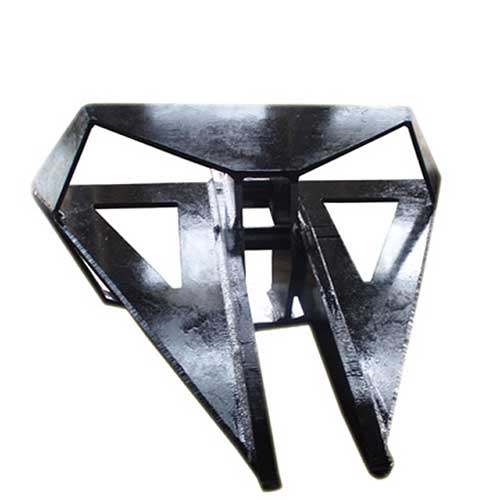
Emerging Trends in Customizing High Holding Power Anchors for Specific Vessel Types
Since maritime activities become more sophisticated and specialized The demand for customized High Holding Power anchors has been increasing across different vessel types. New trends in anchor customization are a reflection of that the intersection between engineering innovations and material technology, digital integration and environmental accountability. These developments are changing the way anchor systems are developed and manufactured as well as how they are used for particular vessel types.
1. Integration of Smart Sensors and Monitoring Systems
A major and notable developments is the integration of intelligent technology into anchor systems for High Holding Power anchors, which are being fitted by load sensor, GPS modules, and real-time seabed interaction analytics. This is crucial for support vessels offshore or naval craft as well as research vessels in which precision anchoring is essential. Sensors provide real-time feedback on the performance of holding the embedment’s depth, as well as drag risk, allowing the operator to alter their strategies for deployment accordingly.
2. Tailored Geometry Based on Seabed Profiling
Customized anchor designs are more often based on precise seabed profiler using sonar and geotechnical information. For instance vessels operating in silty offshore zones, or coastal areas with rocky shorelines require anchor geometries specifically designed to the specific conditions. The industry has now developed anchor flukes that have interchangeable tips or adjustable angles that can be adjusted according to the resistance of the seabed, improving efficiency across a range of anchorages.
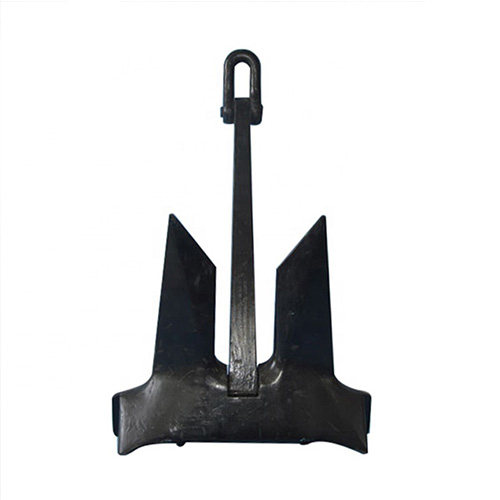
3. Lightweight and High-Strength Materials
Weight optimization, without compromising strength is the primary goal when developing custom anchors specifically for boats, yachts, patrol boats and vessels with high speeds. The use of high-tech materials such as Duplex stainless steel and titanium alloys and composite-reinforced polymers are growing. These materials do not just reduce anchor weight, but additionally improve the resistance to corrosion and mechanical endurance, which is crucial to vessels that operate in ice-prone or saltwater areas.
4. Automated Handling and Deployment Compatibility
Modern vessels increasingly depend on automation to improve safety and efficiency, and anchor design and customization has to be able to work with automated windlasses, winches or deployment mechanisms. HHP anchors are being designed with features like low-profile shanks, balanced weight distribution, and hydraulic-release compatibility to ensure seamless integration with automated handling equipment–particularly for cruise ships and ferries.
5. Stealth and Low-Acoustic Footprint for Military Use
In naval operations, stealth is the top priority. HHP anchors designed for this type of vessel are constructed with stealth coatings and hydrodynamic forms that minimize the acoustic signature of removal and deployment. Anchors that are HHP help to maintain the vessel’s unreachability and provide stable station-holding capabilities.
6. Sustainability and Eco-Friendly Anchoring
Environmental issues are increasingly impacting anchor design. Environmentally friendly HHP anchors are now round edges and special coatings that reduce seabed scarring and disruption to marine habitat. This is particularly evident in the eco-tourism and yacht sectors in which the environmental regulations are more stringent and brand image is a major factor.
7. Modularity and Custom Fit for Hull and Deck Configurations
A growing number of vessels, particularly in the custom yacht and research sectors, are built with non-standard hulls or deck layouts. To combat this issue, anchor systems have been developed using modular components that can be easily modified or reconfigured. Anchor pockets that are custom-fit as well as detachable flukes and shank lengths that can be adjusted allow seamless installation on vessels with specific spatial limitations.
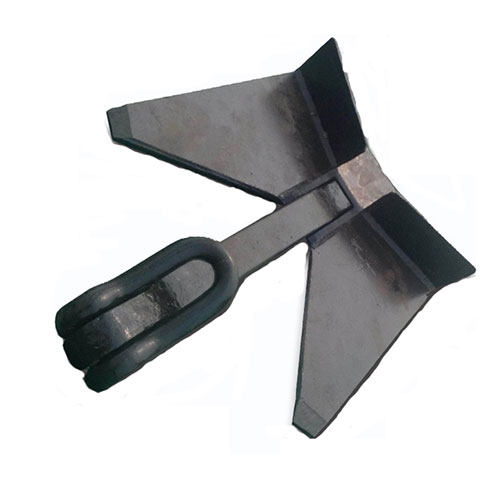
Summary
Customizing High Holding Power anchors for specific vessel types improves safety and operational efficiency. When considering the size of the vessel, seabed conditions and the requirements of the mission, ship owners or naval designers can pick or develop HHP anchors with the best holding power, while minimizing drag and weight. As maritime technology improves and we anticipate more sophisticated anchor solutions which integrate intelligent systems and environmentally sustainable products to address the ever-changing needs of the offshore and shipping industries.


